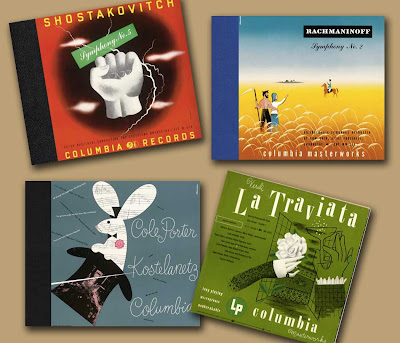If you know your World War II history well enough you'll remember that Poland got slammed on both sides. First, by a devastating invasion by Hitler from the West (with no real declaration of war), and second, only seventeen days later, by the Soviets on the East.The capital city of Warsaw was almost completely gone when all was said and done, and with it went any purpose for great art or design.
But the Polish people at that time owned a resilience that was unmatched elsewhere, and within that mode of endurance the Polish school of poster art emerged Henryk Tomaszewski who led the drive to promote the art of the Polish poster as a prominent means of communication–a graphic idiom that eventually became a source of national pride. Put in perspective, Poland's electronic media was not even close its neighboring countries who had not been been dismantled by the effects of the war. The poster became the essential leader in communicating events in this communist country for many years.
Another milestone in poster history was in 1964 when the landmark Muzeum Plakatu was dedicated to this rich source of communication of the Polish people post Wold War II. The museum generated international attention and the polish poster exists today as a testament to the will of an entire generation exposed to war.
The hardships these people sustained through the realities of war and beyond continued to show up in their graphics, as the designers of these historical posters wore their hearts on their sleeves. The look of the Polish poster began to take on surreal, emotional and political aspects.
A major trend in polish posters sprung up in the 1960s and reached a high point in the 1970s. A darker more somber side carrying the weight of surrealism and political awareness in a reaction to the social constraints of the dictatorial regime in place was now apparent. The freedom so often denied the Polish nation in history was now becoming a subtle subject appearing in the Polish poster.
Franciszek Starowieyski (left) was the first of the graphic designers to incorporate these frustrations of the Polish nationality into the work of his posters. Surreal and sometimes downright gory, the pictures produced by Starowieski have a tendency to stay with the viewer long after the images have been digested into the human psyche.
Jan Lenica pushed the imagery even further with a menacing and dreamlike quality of communication that even ventured into animated media. When a young Roman Polanski was asked to name his favorite Polish filmmakers, he cited only two—Andrzej Wajda and Jan Lenica. The first choice was not much of a surprise, but to single out Jan Lenica, a comparatively obscure animator, must have seemed a little puzzling. Lenica is probably best known in for his poster artwork for Roman Polanski's films for the Compton production company, Repulsion (1965) and Cul-de-Sac (1966). Both are childlike gouaches, verging on the abstract, though immediately distinctive. Like Polanski films, Lenica's career in poster art and set-design cultivated associations with the absurd, a preoccupation that culminated with a series of remarkable animations during the 1960s and 70s.
Waldemar Swierzy (below) polished his national style in a graffiti like manner with gestures into the wet paint working with a brush handle and incorporating a variety of media, sometimes incorporating watercolor, pencil and even crayon into one design. In his famous poster for the rock star Jimi Hendrix, this erratic movement with paint and markings bring the natural violence of the Polish poster into a unique vision. As spontaneous as his technique looked, it has been said he has been known to execute a single poster as many as five times before releasing the final.These designers carried a unique personal vision prompting others to join them in what became a famous national style that continues today.
Can you think of any other examples where the poster arts have moved the masses?
Comment and we'll post all at the Retro Art Club.





































